Related Flashcards
Related Topics
Cards In This Set
| Front | Back |
|
Characteristics of Phylum Annelida
|
1. Segmented worms2. True coelem, complete digestive tract, usually closed circulatory system3. Nephridia for excretion4. Well-developed muscles5. Either dioecious or hermaphroditic
|
|
Identification
|
Phylum: Annelida, Class Polychaeta, Genus: ArenicolaCommon Name: Lugworm
|
|
Characteristics of Class Polychaeta
|
Polychaeta ("many long hairs"Many setae (bristles), usually protruding in bundles. Pronounced differentiation of some body segments, well-differentiated head with sensory appendages.Parapodia (lateral fleshy extensions) on most segments. Used for primitive gills or respiratory organs, anchors while in tubes, crawling, and swimming.
|
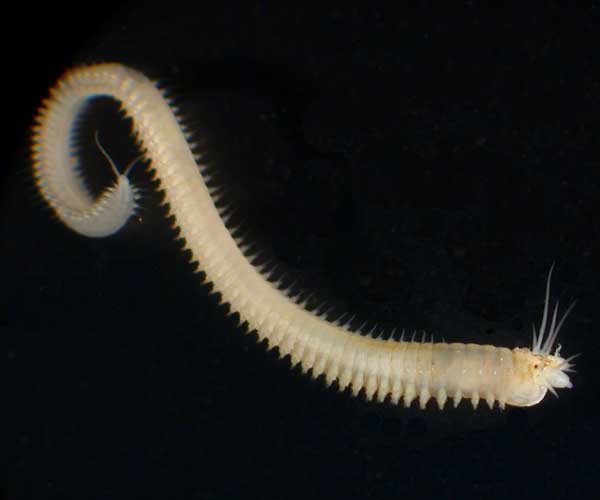 Identification |
Phylum: Annelida, Class: Polychaeta, Genus: Nereis. Common name: Clamworm
|
|
Characteristics of Class Hirudinea
|
Hirudinea ("characterized by being a leech"1. No setae or parapodia2. Many transverse grooves, creating appearance of more segments than it actually has.3. Well-developed midgut with ceca (blind-ended pouches). Ceca allow for storage of food so the leech may be able to go months without eating.4. Have suckers.
|
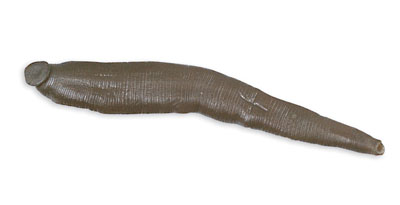 Identification |
Phylum: Annelida, Class: Hirudinea, Genus: HaemopisPredatory, eats other leeches, oligochaetes, and snails.
|
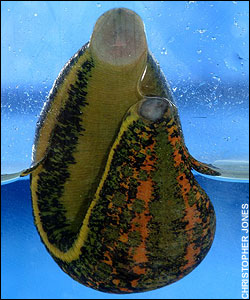 Identification |
Phylum: Annelida, Class: Hirudinea, Phylum: Macrobdella, Species: Macrobdella decoraCommon name: Medical leechParasitic, feeds primarily on frog blood.
|
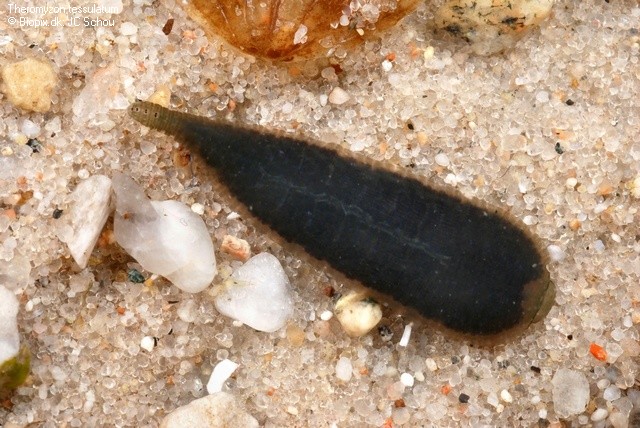 Identification |
Phylum: Annelida, Class: Hirudinea, Genus: TheromyzonFound in the nasal cavities of water birds like ducks and American coots. Blood sucker.
|
|
Characteristics of Class Oligochaeta
|
Oligochaeta ("few long hairs")Includes earthworms
1. Segmented worms with few setae and a clitellum.2. No compound eyes, mouth parts, or appendages.3. Cutaneous respiration. |
|
Earthworm anatomy: know setae, prostomium, mouth, clitellum, internal septa, pharynx, esophagus, crop, gizzard, intestine, anus, dorsal blood vessel, "hearts", seminal receptacles, andseminal vesicles
|
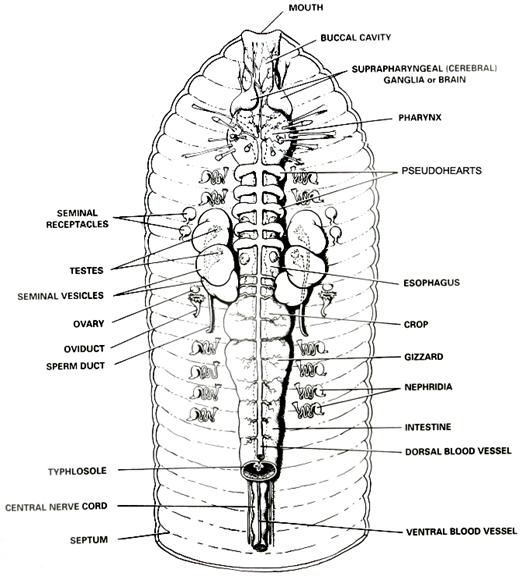 Image |
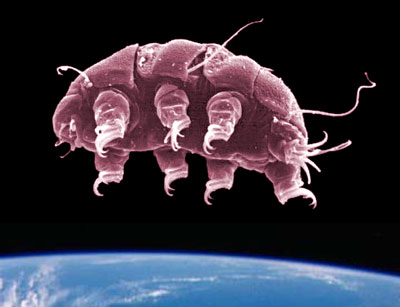 Identification |
Phylum: TardigradaCommon name: Water bearsInteresting fact: can survive up to 10 days in vacuum of space while dormant.
|
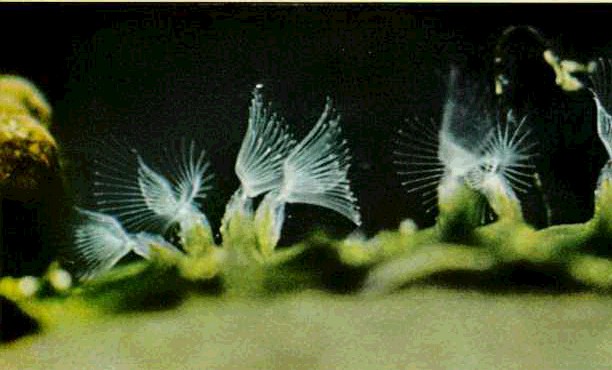 Identification |
Phylum: Ectoprocta (outside anus)
|




